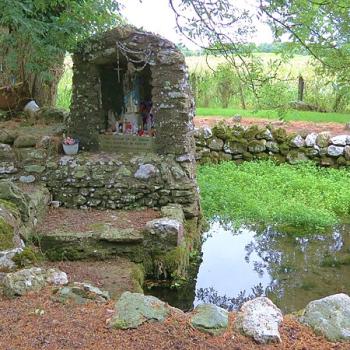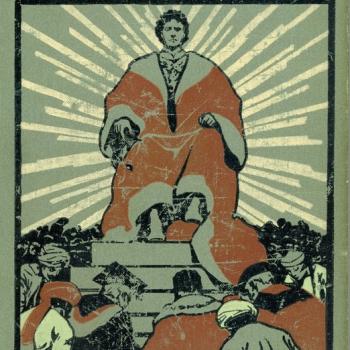In the kabbalistic (Jewish mystical) tradition, there is much discussion about the voyages of the human soul to the Garden of Eden and other heavenly realms during one's life on earth. In the Zohar, the greatest of the medieval mystical works, there are many stories about the soul-ascents of various members of Rabbi Shimon bar Yohai's mystical brotherhood. Most often, these journeys take place at night, while the body is at rest (see, for example, Zohar I: Parashat Vayehi, 217b-218b).
Gehinnom: A Jewish Hell
Only truly righteous souls ascend directly to Gan Eden, say the sages. The average person descends to a place of punishment and/or purification, generally referred to as Gehinnom.
The name is taken from a valley (Gei Hinnom) just south of Jerusalem, once used for child sacrifice by the pagan nations of Canaan (II Kings 23:10). Some view Gehinnom as a place of torture and punishment, fire, and brimstone. Others imagine it less harshly, as a place where one reviews the actions of his or her life and repents for past misdeeds.
The soul's sentence in Gehinnom is usually limited to a twelve-month period of purgation before it takes its place in Olam Ha-Ba (Mishnah Eduyot 2:9, Shabbat 33a). This twelve-month limit is reflected in the yearlong mourning cycle and the recitation of the Kaddish (the memorial prayer for the dead).
Only the utterly wicked do not ascend to Gan Eden at the end of this year. Sources differ on what happens to these souls at the end of their initial time of purgation. Some say that the wicked are utterly destroyed and cease to exist, while others believe in eternal damnation (Maimonides, Mishneh Torah, Law of Repentance, 3:5-6).
Conclusion
As is clear from this brief discussion, the Jewish tradition contains a variety of opinions on the subjects of heaven and hell.
Interestingly, while in traditional Jewish thought the subjects of heaven and hell were treated extensively, most modern Jewish thinkers have shied away from this topic, preferring to follow the biblical model, which focuses on life on earth.
However, the rise of interest in mysticism in the last several decades has prompted a renewed discussion about the afterlife. Given the rich mythical descriptions of the afterlife in the classical Jewish tradition, we must ask how such imagery impacts our views of heaven and hell and the destiny of the human soul.
Are these ideas to be dismissed as the wishes of earlier, less sophisticated religious seekers? Have advances in the natural sciences made it impossible for us to believe in life after death? Or has our disillusionment with certain aspects of modernity -- particularly its great reliance on rationality -- reopened the possibility of belief in the afterlife in our day?
Reprinted with permission from MyJewishLearning, a Patheos Partner.
Rabbi Or N. Rose is Associate Dean of the Rabbinical School of Hebrew College in Newton, MA. He is the co-editor of Righteous Indignation: A Jewish Call for Justice and God in All Moments: Spiritual and Practical Wisdom from the Hasidic Masters. He is currently completing a doctorate in Jewish thought at Brandeis University.




